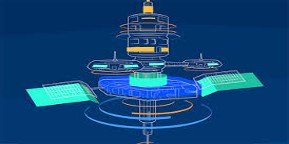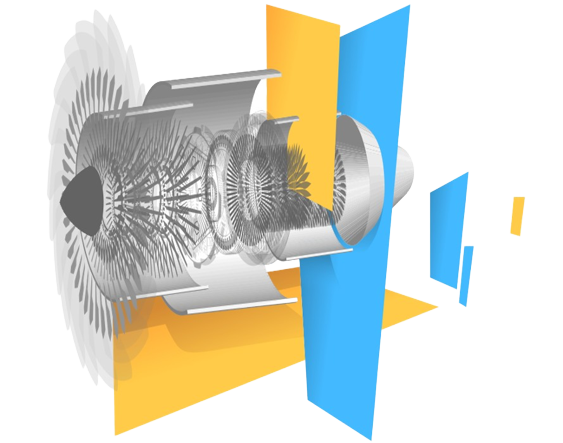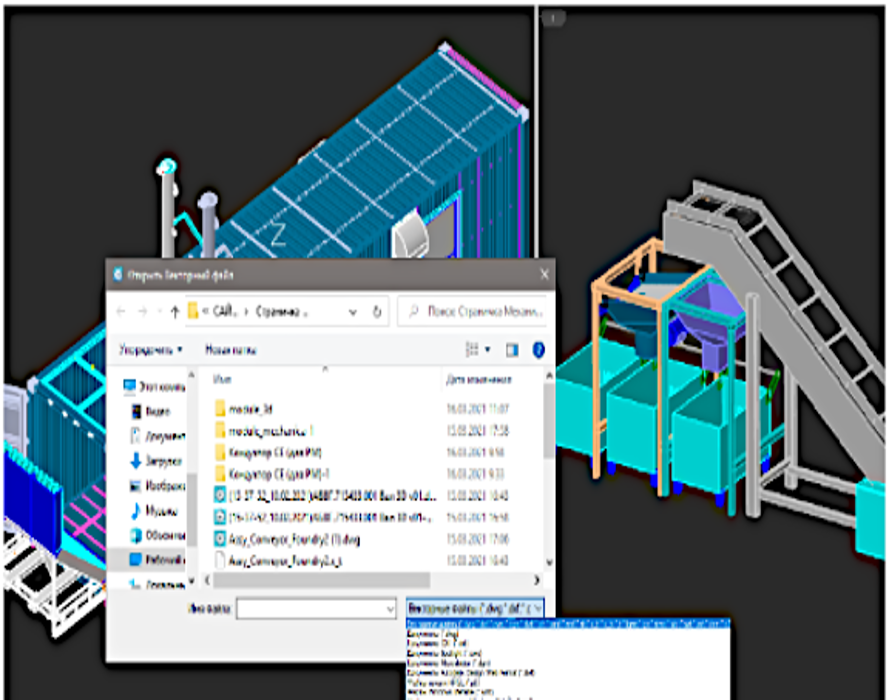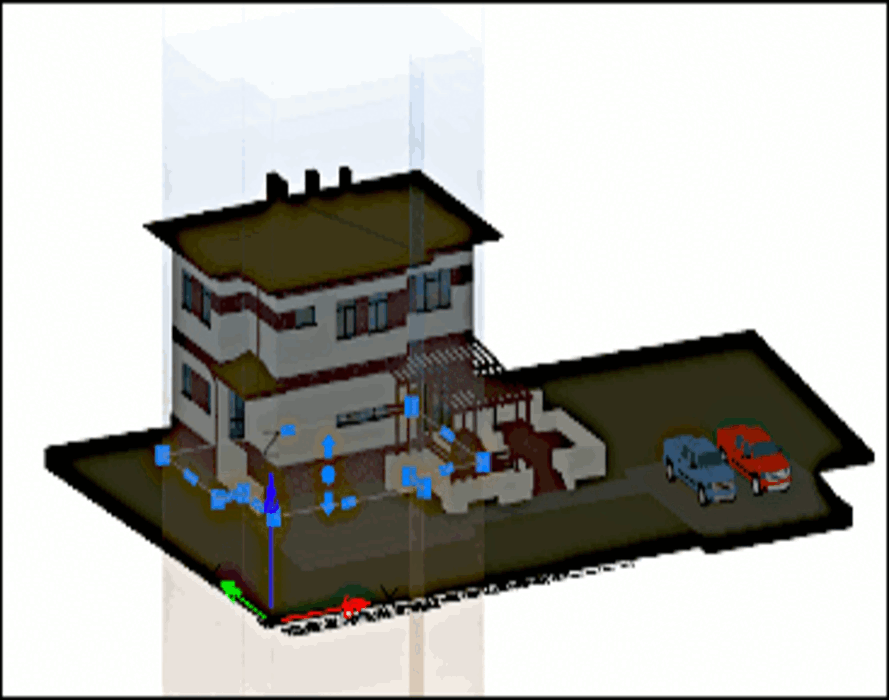3D Solid Modeling

nanoCAD’s 3D Solid Modeling module extends the nanoCAD platform with direct and parametric modeling. It is designed to construct 3D assemblies with 3D constraints and xrefs, and to handle sheet metal modeling.nanoCAD can be used on its own as a cost-effective DWG-editor, or customized with essential modules: Construction, Mechanica, Raster, Topoplan and 3D Solid Modeling.

nanoCAD platform provides you with a full set of basic and advanced design tools for creating and editing 2D/3D objects. It offers multiple drawing and editing methods for most geometric elements. nanoCAD platform is the base on which you build a more powerful CAD system to your specifications.
New in 3D Solid Modeling
3D Solid Modeling Features
Parametric 3D solid modeling

nanoCAD’s parametric modeling mode allows engineers to build up 3D geometry, piece by piece. This approach to design is common among most MCAD applications, including SolidWorks and Inventor. As 2D sketches are turned into 3D features, engineers document their design intent through constraints and geometric relationships. As each step must follow the series of preceding steps, the parametric approach tends to require careful pre-planning. The history of the model’s construction is recorded by the history tree, which, in nanoCAD, is an Inspector panel with its own set of tools.
Direct 3D modeling
nanoCAD’s direct modeling offers a what-you-see-is-what-you-get approach, in which designers edit 3D models by pushing and pulling faces and edges. The primary benefit to direct modeling is the ease with which designs are altered, allowing rapid iteration and prototyping.

Natural 3D modeling UI

nanoCAD displays commands in groups for each type of modeling it offers: parametric, direct, sheet metal, and meshing. For example, while in parametric modeling mode, commands for creating 3D geometry based on parametric sketches are displayed; upon switching to mesh modeling, commands for creating 3D surfaces become available. Commands that apply to all forms of modeling are always displayed on the ribbon, such as chamfers and rounds, Boolean operations, and construction geometry.
Associativity of 3D models and drawings
The associative relationship of models and their projections allows users to concentrate on designing in a 3D environment, paying attention to 2D graphics mainly for drawing design. All changes to the 3D model at any time will be displayed in the drawings, and the design elements made in 2D graphics will also correspond to these changes.

Model exchange via Import/Export

Models created using 3D Module can be exchanged with most CAD systems, exported to 3D printers, CNC machines and web-based viewers. Supported formats are:
Bounding prisms
nanoCAD uses 3D clipping to show the insides of models and to isolate parts. Each model space viewport can hold a bounding prism, a volume in 3D space outside of which drawing elements are not displayed. Prisms can be edited, deleted, and disabled. When disabled, elements outside the prism again become visible; disabled prisms are stored in the drawing so that they can be switched on again later.

External references

nanoCAD links external references inside assembly drawings to parts stored in external drawing files. Changes made by other design programs to external references are tracked and reported by bubble notifications.

